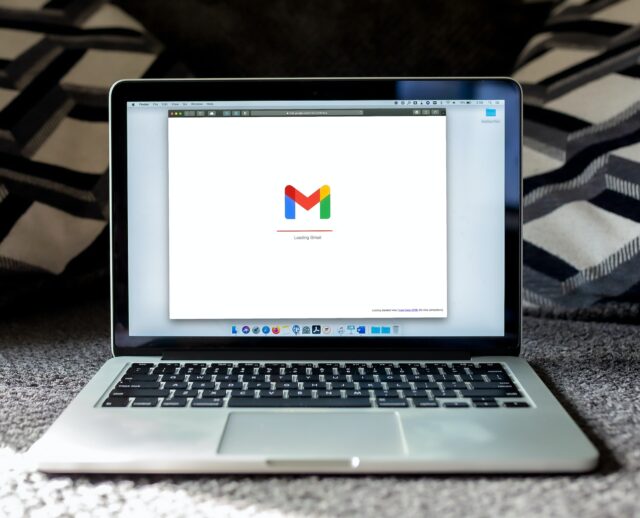Responsive Design With PHP: Building Mobile-Friendly Websites
4 min read
With the proliferation of smartphones and tablets, more and more people are accessing the internet on mobile devices. As a result, ensuring that your website is mobile-friendly has become essential for providing a seamless user experience and reaching a broader audience. Laravel development company provides laravel web development services and uses a responsive design with PHP to build mobile-friendly websites.
In this article, we’ll explore the concept of responsive design with PHP and the best practices for creating mobile-friendly websites that delight users across all devices.
Understanding Responsive Design
Responsive design is an approach to web development that aims to provide an optimal viewing experience for users, regardless of the device they use to access the website. Whether it’s a desktop computer, a smartphone, or a tablet, a responsive website automatically adjusts its layout, images, and typography to fit the screen size and orientation.
The primary goal of responsive design is to eliminate the need for separate mobile and desktop versions of a website. Instead, a single codebase serves all devices, reducing maintenance efforts and streamlining updates. This not only saves time and resources but also ensures a consistent user experience across different platforms.
Using PHP for Responsive Web Development
PHP is a versatile server-side scripting language widely used for web development. When combined with responsive design principles, PHP allows developers to create dynamic and adaptive websites that respond to users’ devices in real-time.
1. Detecting Device Types
PHP enables developers to detect the type of device accessing the website, such as a desktop, tablet, or smartphone. By identifying the user agent or device headers in the HTTP request, PHP can determine the device’s characteristics and deliver the appropriate layout and content accordingly.
2. Adaptive Image Handling
Images play a crucial role in web design, and their proper handling is essential for responsive websites. With PHP, developers can dynamically serve different image sizes and resolutions based on the user’s device. This ensures that images are optimized for the specific screen size, reducing load times and conserving bandwidth for mobile users.
3. Dynamic Content Layouts
PHP’s ability to generate dynamic content based on user interactions or device characteristics allows for flexible content layouts. By using conditional statements in PHP, developers can adjust the content’s appearance, hide or show specific elements, and create a smooth user experience across devices.
Best Practices for Responsive Design With PHP
1. Mobile-First Approach
When starting a responsive web development project with PHP, consider adopting a mobile-first approach. Design and develop the website with mobile devices in mind first, then progressively enhance the layout for larger screens. This ensures that the core functionality and user experience are optimized for mobile users, who represent an ever-growing portion of website visitors.
2. Flexbox and CSS Grid
CSS Flexbox and Grid are powerful layout tools that work well with PHP for responsive web design. They allow developers to create flexible and fluid layouts that adapt to different screen sizes and orientations. By combining these CSS features with PHP-generated content, you can create sophisticated and user-friendly responsive designs.
3. Media Queries
Media queries are CSS rules that enable developers to apply different styles based on the user’s device characteristics, such as screen width and resolution. PHP can generate the appropriate media queries dynamically, adjusting the website’s appearance and behavior for optimal viewing on various devices.
4. Optimize and Compress Assets
Responsive websites must load quickly on mobile devices to ensure a positive user experience. Use PHP to optimize and compress assets, such as images, scripts, and stylesheets, before serving them to users. Minimizing file sizes reduces load times and conserves data for mobile users.
5. Test Across Devices
Always test your responsive PHP-powered website across various devices and screen sizes to ensure consistent performance and layout. Use browser developer tools and device emulators to simulate different environments and identify any issues that need to be addressed.
In Conclusion
Responsive design with PHP is the key to building mobile-friendly websites that cater to the diverse needs of modern internet users. By leveraging PHP’s dynamic capabilities and combining them with responsive web design principles, developers can create adaptive and user-centric websites that deliver a seamless experience across all devices. With the right approach, you can create engaging websites that delight visitors regardless of their device or platform.







